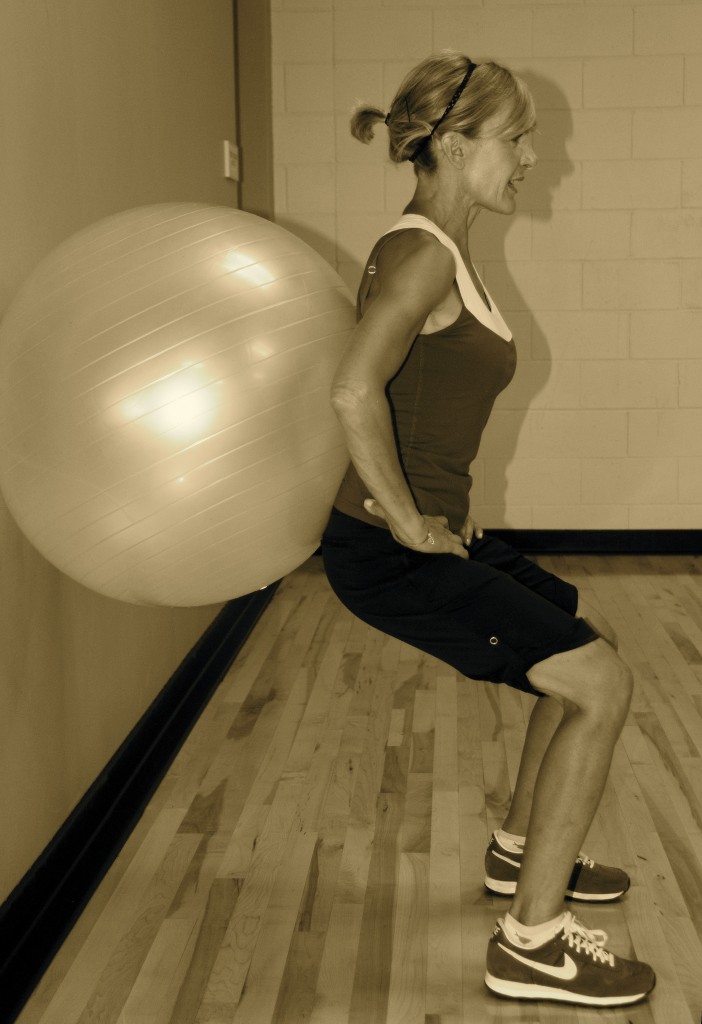Trust an Exum mountain guide to describe a day where the air looks good enough to gulp. Author and guide Jack Turner has a myriad of words to describe high altitude peak and meadow air: sharp, raw, crisp, and, yes, thinner. Most of us living here are used to the altitude, but there are some things you can recommend to friends and family while they are here to ski this March. Likewise, if you’re lucky enough to travel to Peru or Zermatt this spring, simple pre-cautions can prevent a lot of altitude-related illnesses. Ketchum, like Denver or Flagstaff, Arizona, is actually moderate altitude, (greater than 5,280 feet),and high altitude is defined as elevations above 8, 500 feet (  Baldy, Colorado ski resorts, North Rim of the Grand Canyon, the Matterhorn, and of course, the highest summit, Mt. Everest at 29,028 feet.)
Nobody wants to start out their ski vacation with a splitting head-ache, and Dr. Keith Sivertson, Blaine County Emergency Medical Service Medical Director, has some good advice for visitors upon arriving here. Firstly, because we’re not sleeping above 8,000 feet, we are not technically high altitude; Ketchum is high desert. But altitude as low as 3000 feet can impose physiologic limitations on the body, and even mild dehydration can compromise performance during exercise. Add to that increased sweating and quick evaporation of that cold dry air, and you’ve lost up to 1-2 liters a day.  Most people, especially those over 60, are sippers, and are not drinking enough to replace their sweat losses, furthering their risk of dehydration. A simple way to tell you are dehydrated, Dr. Severson says, is that you’re not having to get up in the night to pee (and that your pee isn’t clear in the morning).The American College of Sports Medicine suggests drinking two glasses of water two hours before exercise, and to drink during exercise at a rate that matches your sweat losses. In other words, as Dr. Silvertson says, much of the symptoms ski patrollers see at Seattle Ridge, like nausea, headaches, weakness and a heavy feeling are signs of dehydration, not high altitude sickness.
Getting off the mountain is important if there are any indications of any feeling of fullness in the chest, or a shortness of breath, as these can be serious health matters. Mike Lloyd, Baldy Mountain’s ski patrol director, has his staff trained to take no chances that it could be something of a more serious nature.
Evangelista Torricelli, in the 1600’s, was the first person to realize that the atmosphere above us create pressures that could support weight. At higher elevations, there’s less pressure of oxygen moving from the air into our blood, resulting in less oxygen to help our muscles & heart function. Many people experience high-altitude illnesses when they rapidly ascend to elevations above 8,000 feet. The most common of these is acute mountain sickness. Being in shape,( a good idea no matter what), or age seems to have no bearing on if you will develop symptoms either. More life –threatening are high-altitude pulmonary edema and high altitude cerebral edema. Descending to lower altitudes and medical care are a must for these three illnesses.
While you may not know your susceptibility at high-altitude, there are some things to do for your next trip or a longer trek. Try to go a few days earlier, or if you can’t, try to pre-acclimatize by planning several week-end hiking trips to a similar target altitude in the month prior to departure, to judge whether you are susceptible to mountain sickness. While at attitude, stay hydrated, and consume enough calories.  If you are skiing, trekking or climbing at altitude, you can be using up to 300-500 calories extra calories a day The energy used to support body functions, basal metabolic rate, burns up 200 of these calories, so it’s important to eat enough calories.  Savor it all.
Printed March 6, 2009 Idaho Mountain Express


